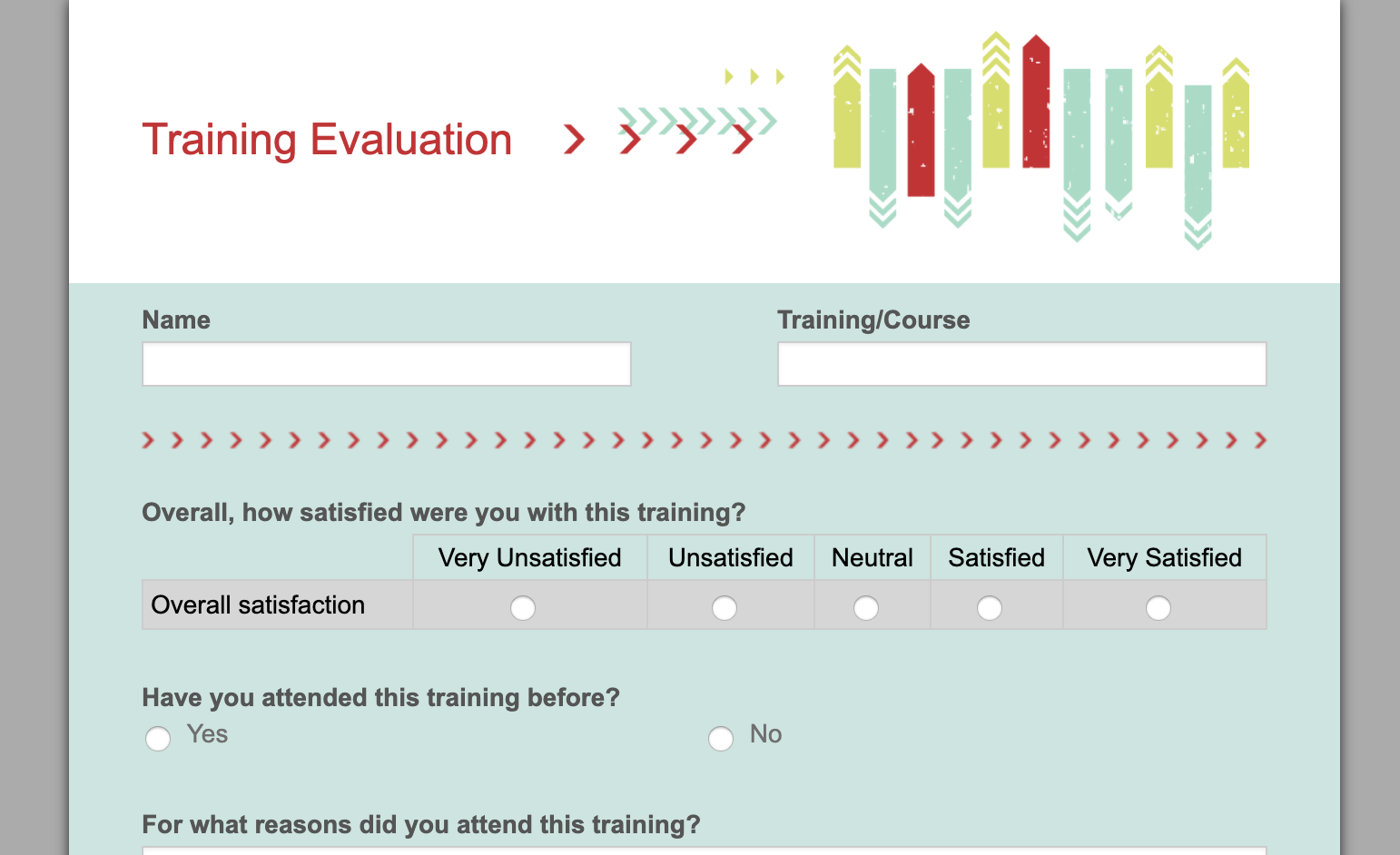Learning is on the uptick. Consider Coursera: the online educational platform added 10 million new users from mid-March to mid-May, which is seven times the rate of new sign-ups last year. edX and Udacity, two smaller educational websites, have likewise expanded their users exponentially.
With professionals spending more time at home and unfortunately, some abruptly losing their jobs, the Covid-19 pandemic has only intensified the demand for new skill acquisition and training. Enter microlearning: an increasingly popular pedagogical style in which short, high-quality bursts are paired with interactive tasks that reinforce each lesson.
Gone are the days of tedious educational seminars. Instead, today’s workforce wants an approach that fits their schedules and actual habits of consuming information, which is part of the reason that online platforms like Coursera have been so successful.
At my company, Jotform, we encourage continued education for everyone, from interns to management. Here’s why we increasingly use microlearning.
The benefits of microlearning
Keep in mind: today’s average employee wants to keep learning. In fact, a recent Gallup poll found that 87% of millennials believe “professional or career growth and development opportunities” is important in choosing a job. People seek out organizations that value their ambition.
Writing for Harvard Business Publishing, Dora Gao explains:
“Organizations are finding that employee recruitment and retention depend on their ability to provide employees — especially Millennials — opportunities to learn, grow, and develop.”
Microlearning can provide those opportunities without a huge investment of time or money. It’s attractive to employees because it’s self-directed, too. Instead of sticking to a predetermined course schedule, each person can learn when it’s convenient for them. And because everyone has different daily rhythms — some are early risers, others are night owls — programs that accommodate their schedules, not vice versa, are more likely to be completed.
Microlearning is more accessible than a traditional classroom structure. With materials available on our devices, lessons are always just an arm’s reach away. We can squeeze them in on our morning commute or at home, on the sofa, instead of streaming another Netflix series.
The structure of microlearning is more engaging, too. Rather than months of instruction followed by an all-determinative final exam, microlearning intersperses lessons with interactive tasks that immediately reinforce each lesson. Both the challenge and the change of pace keep learners engaged and increase retention.
How to promote microlearning in your organization
To be clear: microlearning isn’t just about the length of time. A short lesson isn’t necessarily a good one. Gao writes for Harvard Business Publishing:
“With true microlearning, each session must have a single learning objective and be able to stand on its own, even if it’s the only piece of content consumed. There’s more to microlearning than just being short. Simply truncating bits of larger lessons won’t work.”
Whether you’re creating your own content or selecting online learning tools, quality should be a key concern.
With that in mind, here are some tips for promoting microlearning within your organization.
1. Share it in multiples formats
There are various microlearning platforms out there, like TalentCards, Gnowbe, and Skill Pill — platforms that are convenient, engaging, and have track records of success. It’s good practice to share your favorite tools, but the learning doesn’t stop there — you can also create and distribute your own short bursts of relevant information.
According to Harvard Business Review: 94% of business executives receive their news via email — that’s more than any other format and it’s not just the C-suite.
Consider how your team consumes information on a daily basis and utilize those same channels, including emails, newsletters, and websites. If your organization has a blog, as we do at Jotform, publish posts with quick lessons. While videos are a great way to engage your audience, text-based information can be highly effective, too.
Writes Gao:
“What learners ultimately want is choice, variety, quality, and relevance. And that can take many forms.”
2. Prioritize learning throughout the day
A LinkedIn study conducted by Harvard Business Review contributors found that employees waste one-third of their day on “emails that have little or nothing to do with their jobs.”
Let that sink in for a moment.
The study’s authors explained that,
“Learning therefore ends up being relegated — consciously and subconsciously — to the important-but-not-urgent quadrant of Eisenhower’s 2×2 matrix. On average, knowledge workers carve out just five minutes for formal learning each day.”
In order to prioritize your team’s opportunity to engage in microlearning, it’s crucial to ruthlessly eliminate unnecessary time drains: those excess emails (including overzealous cc:s), redundant meetings, and superfluous corporate training that doesn’t serve a clear purpose.
If you prioritize your team’s learning, chances are, they will too.
3. Personalize it
In a recent study, 49% of millennials polled said their college degree was ‘very or somewhat unimportant’ to their current job.
Sobering as that statistic is, the fact remains that nowadays, people do a tremendous amount of pertinent learning on the job. So when we venture to offer employees educational resources, they should be relevant to each employee’s actual needs.
This approach is exemplified by Ann Schulte, Chief Learning Officer at Procter & Gamble (P&G), who told HBR:
“To help our people learn faster, we are disrupting how we manage learning and development to focus more on the immediate business context and personalized needs by providing easy access to information, performance support aids, and carefully curated training that is relevant and can be directly applied to work.”
At Jotform, we use webforms to solicit input from employees on the subjects and areas in which they would like training or resources. Afterward, we use an evaluation form to ascertain if employees have any feedback and determine ways in which we can improve.
By personalizing your employees’ microlearning resources, you can increase the likelihood that they are relevant to their current job.
As the economy regains its footing, the business world has never been more competitive. Microlearning is a great way for you and your team to maintain an edge while you navigate these challenging times.
Sebastian Thrun, a co-founder and chairman of Udacity, put it best:
“Crises lead to accelerations, and this is [the] best chance ever for online learning.”















Send Comment:
2 Comments:
101 days ago
Wonderful article! We're exploring the potential of mobile-friendly application for microlearning modules for our end-users, similar to how streaming services make a variety of content readily available across devices.
More than a year ago
Great article. My organization is starting to investigate the benefits of having microlearning modules that are mobile for our end-users.